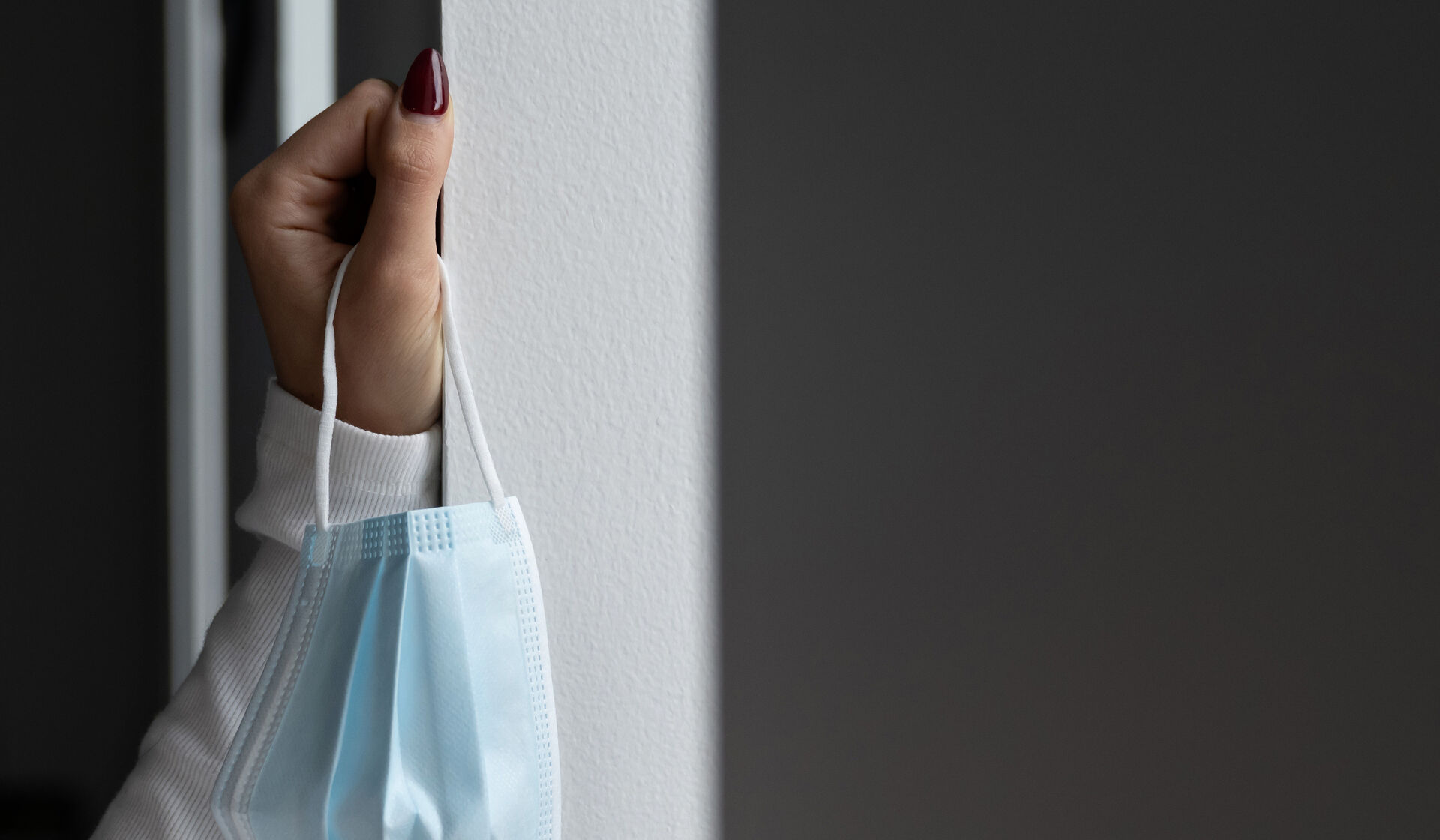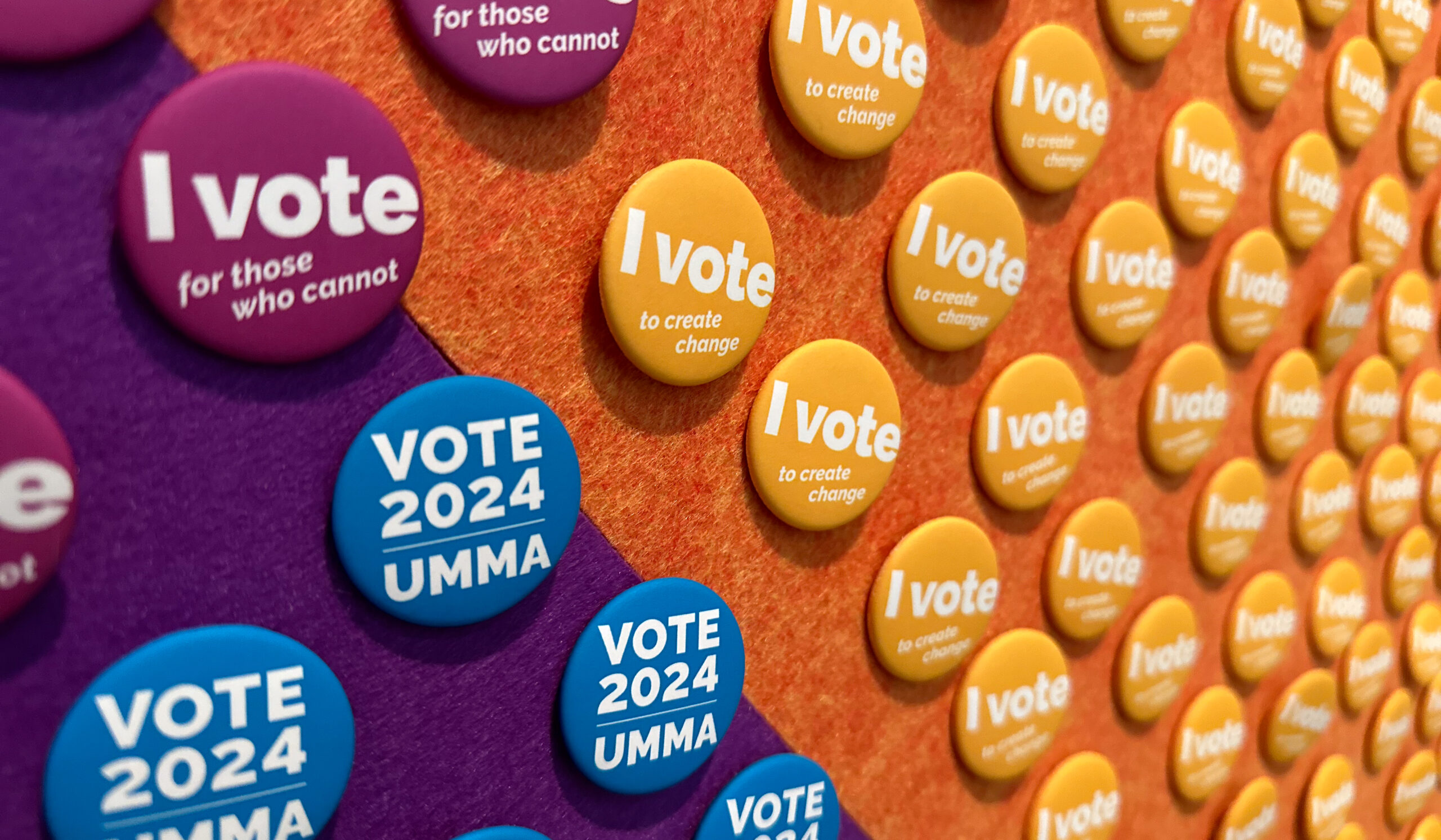With the ice finally gone, the Bird electric scooter is back, careening around campus and driving pedestrians bonkers as students zip down sidewalks and “fly” around corners. But nearly 90 years ago, it was roller skates, not scooters, that created chaos on campus.
On an April evening in 1933, with the campus pathways newly paved, some 500 students took to the sidewalks in a skating event to celebrate spring. But the skating didn’t stop there. In the days that followed, more and more students, particularly young women, started skating to class and launched a campuswide craze.
Before long, professors complained that the resounding screech of wheels on the pavement was disrupting their lectures. The infirmary reported an uptick of sprained ankles and broken arms, and the now-unfashionable students on foot began grumbling about having to dodge their way through the Diag. The danger eventually grew so grave that U-M’s football coach, Harry Kipke, considered forbidding his players from visiting the library at night, worried they might be inadvertently tackled in the dark by a skater.
U-M student Harold Boyer-Jones defended the trend when asked by a Michigan Daily reporter why he had taken up skating. “The exercise value of skating is worthy of consideration,” he said, adding, “At any rate, it’s a form of sport. Furthermore, it’s something to do. Pardon me, while I exercise,” he said, and then skated off.
In support of female skaters, The Michigan Daily’s Campus Society page offered advice on the most functional and fashionable clothing to wear while wheeling: buckskin “flap oxfords … skirts are probably the wisest choice … and a crisp plaid blouse.” As for headgear: “Turn the beret of seasons ago wrong-side-out and roll the edge outward until only a skull-cap remains,” wrote one columnist. “It will stick firmly over your right eyebrow, but still act as a hat.”
At the height of the trend, news quickly spread that a city and campuswide roller-skating event was being planned, complete with prizes for talented skaters. In anticipation, local sporting goods shops sold out of both men’s and women’s skates. Students quickly coined it “The Great Roller Skate Famine.”
But on Tuesday, May 2, all was well again. A parade of laced-up skaters paid the requisite 10-cent cover fee (proceeds went to the Good Will Fund) and glided from the Engineering Arch to Ingalls Mall for the promised All-City Skating Carnival. Skaters performed prepared routines, participated in metered dashes, and judged one another’s costumes for creativity. A total of 25 awards were given, with onlookers enjoying the sounds emanating from an 11-piece orchestra. Ironically, one of the judges was Kipke, now saluting the once-feared skaters.
But like all fads, it quickly grew old. By the time the fall semester rolled around, only a modest group of students were still rolling to class. Nevertheless, it is remembered as one of the fastest-paced springs ever at U-M.
Catherine Nouhan is an editorial assistant for Michigan Alumnus and managing podcast editor at The Michigan Daily.





